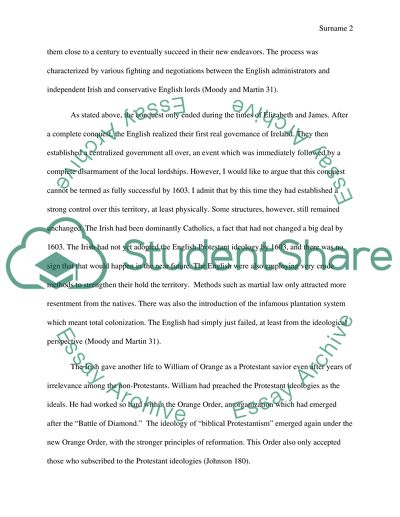Cite this document
(“The Irish History Essay Example | Topics and Well Written Essays - 1750 words”, n.d.)
Retrieved from https://studentshare.org/history/1440352-answer
Retrieved from https://studentshare.org/history/1440352-answer
(The Irish History Essay Example | Topics and Well Written Essays - 1750 Words)
https://studentshare.org/history/1440352-answer.
https://studentshare.org/history/1440352-answer.
“The Irish History Essay Example | Topics and Well Written Essays - 1750 Words”, n.d. https://studentshare.org/history/1440352-answer.


